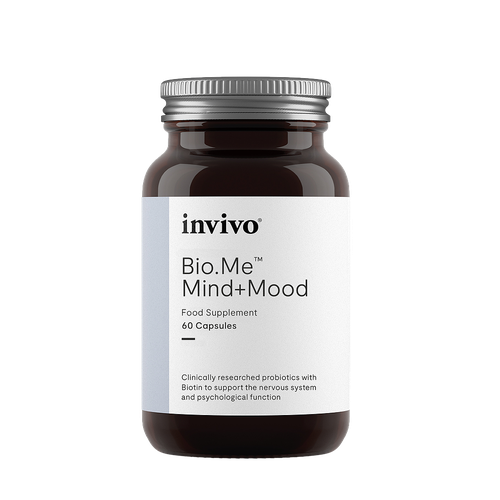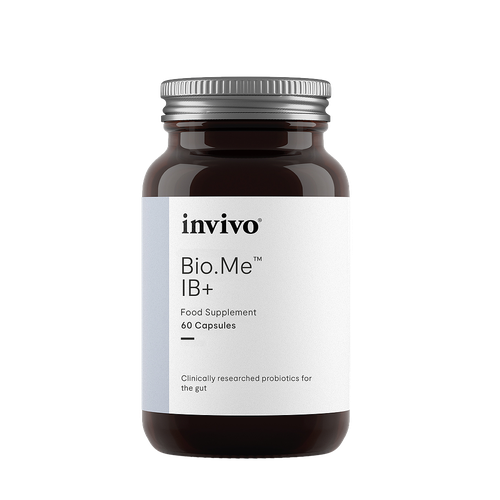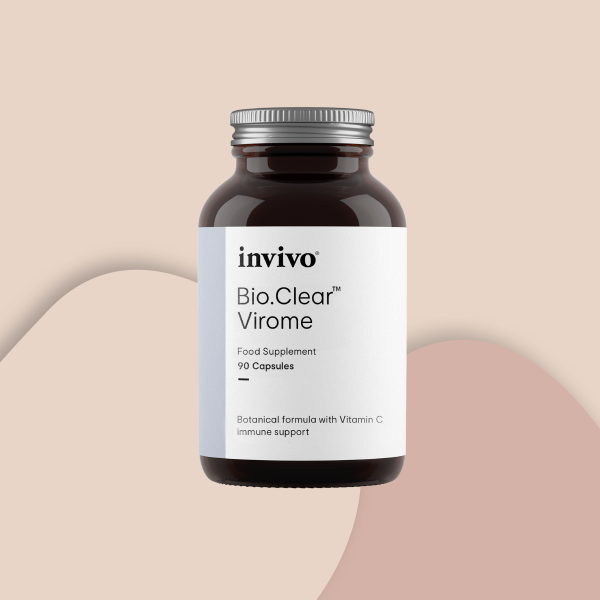Food Sensitivity Beyond Gluten Part 1 Histamine Intolerance

Food Sensitivity Beyond Gluten – Part 1: Histamine Intolerance
The signs and symptoms of food sensitivities run the gamut, from gastrointestinal effects to neurological, psychological and dermatological manifestations. Bloating, diarrhoea, acid reflux, acne, ataxia, and anxiety are all issues that may have their underlying cause in a food intolerance. The most common culprits are gluten, dairy, and soy. Most elimination diets call for removing these three categories of food for at least some period of time, before re-introducing them to test an individual’s sensitivity. Stricter elimination diets, such as those employed for ameliorating the effects of autoimmune conditions, may call for removing eggs, nuts, and nightshade vegetables (including tomatoes, white potatoes, eggplant, and all peppers).
But when a patient has already eliminated the classic culprits of food intolerance, yet still experiences a wide-range of seemingly disparate and unrelated symptoms, there are other potential food sensitivities that should be explored. Two of the additional factors that may provoke unresolved symptoms are histamines and salicylates.
Histamine is a biogenic amine created when the histamine decarboxylase (HDC) enzyme removes a carboxyl group from the amino acid histidine. Many species of bacteria and yeast contain this enzyme, which results in certain foods having high histamine content. Specifically, wine and beer, foods that are aged or fermented, and meats that are not consumed at their freshest, may be high in histamine.
Histamine is responsible for many of the uncomfortable symptoms of allergies, such as nasal congestion, sneezing, hives, itching, and even the dangerous drop in blood pressure that results in anaphylactic shock. So it’s not surprising that, ingested as a food component, histamine can trigger these same effects. But the influence of histamine doesn’t end there. Sensitivity to histamine can also result in things as diverse as headache, nausea, vomiting, vertigo, diarrhea, stomach cramps, arrhythmia, dysmenorrhea, and skin flushing.
With such a wide range of potential symptoms—and keeping in mind that individuals with histamine sensitivity will typically only manifest a few of them—it’s important to know which foods contain the most histamine, in order to help identify the foods that might be adversely affecting a patient’s health. Since aging and bacterial and yeast fermentation of foods increases the histamine content, aged cheeses, cured meats, fermented vegetables, wine, and vinegar are high in histamines. Considering some of these foods are included in popular low-carb, Paleo, and Primal diets, which more people are adopting in order to avoid foods that are problematic for them, people may be inadvertently exposing themselves to foods they don’t even realize they’re sensitive to. Histamine content also increases in fresh (non-aged/cured) meats that are not frozen quickly after processing. The bacteria naturally present in the animals convert histidine to histamine, and histamine is not broken down or destroyed by cooking. People with extreme sensitivity to histamine may have trouble consuming meat that has been refrigerated for some time after slaughter, rather than being frozen immediately.
Histamine content also increases in fresh (non-aged/cured) meats
The majority of histamine in the body is broken down by the activity of two enzymes: diamine oxidase (DAO) and histamine-N-methyltransferase (HNMT). Histamine intolerance results when the accumulation of histamine outpaces an individual’s capacity to degrade it, possibly due to decreased activity or inhibition of these enzymes. DAO primarily degrades ingested (extracellular) histamine, while HNMT is active in cellular cytosol, and can therefore degrade histamine only in the intracellular space. With DAO responsible for degrading histamine coming from food, it makes sense that the highest expression of DAO is found in the small intestine and the first part of the colon. Compromises in intestinal integrity, such as with “leaky gut,” celiac disease, or Crohn’s disease, may reduce the production and activity of DAO. Patients with Crohn’s may have up to a 50% reduction DAO activitycompared to those with healthy intestines, and others with compromises in intestinal function may have exaggerated responses to dietary histamine. DAO is also highly expressed in placental tissue, possibly in order to protect a fetus from excessive levels of histamine. (Perhaps some of the food aversions associated with pregnancy—such as to bacon, sausage, and other cured/grilled meats—are related to reducing the dietary histamine load.)
Patients with Crohn’s may have up to a 50% reduction DAO activity
HNMT is expressed in many human tissues, with the highest levels found in the liver and kidneys, but also in the bronchi and trachea. In fact, HNMT is the key enzyme for degrading histamine in the bronchial epithelium. Bronchoconstriction and asthma attacks may be triggered by ingestion of high histamine foods. This may be why some patients experience improvements in asthma uponremoving dairy from their diet. (Fresh milk and cheeses, such as ricotta and mozzarella, are low in histamine, but aged cheeses, yogurt, and sour cream, are higher.) Genetic polymorphisms that alter HNMT activity may underlie asthma, as well as some neuropsychiatric illnesses.
HNMT is the key enzyme for degrading histamine in the bronchial epitheliumremoving dairyGenetic polymorphisms that alter HNMT activity may underlie asthma
When a patient has already eliminated the more common food sensitivities, yet still experiences some of the symptoms listed above, they may be interested in trying a low-histamine diet, particularly if high-histamine foods make up a significant portion of their diet.
In part two, we’ll explore salicylates, another food sensitivity that receives less attention than others, but which may be standing in the way of your patients reaching optimal wellness.




